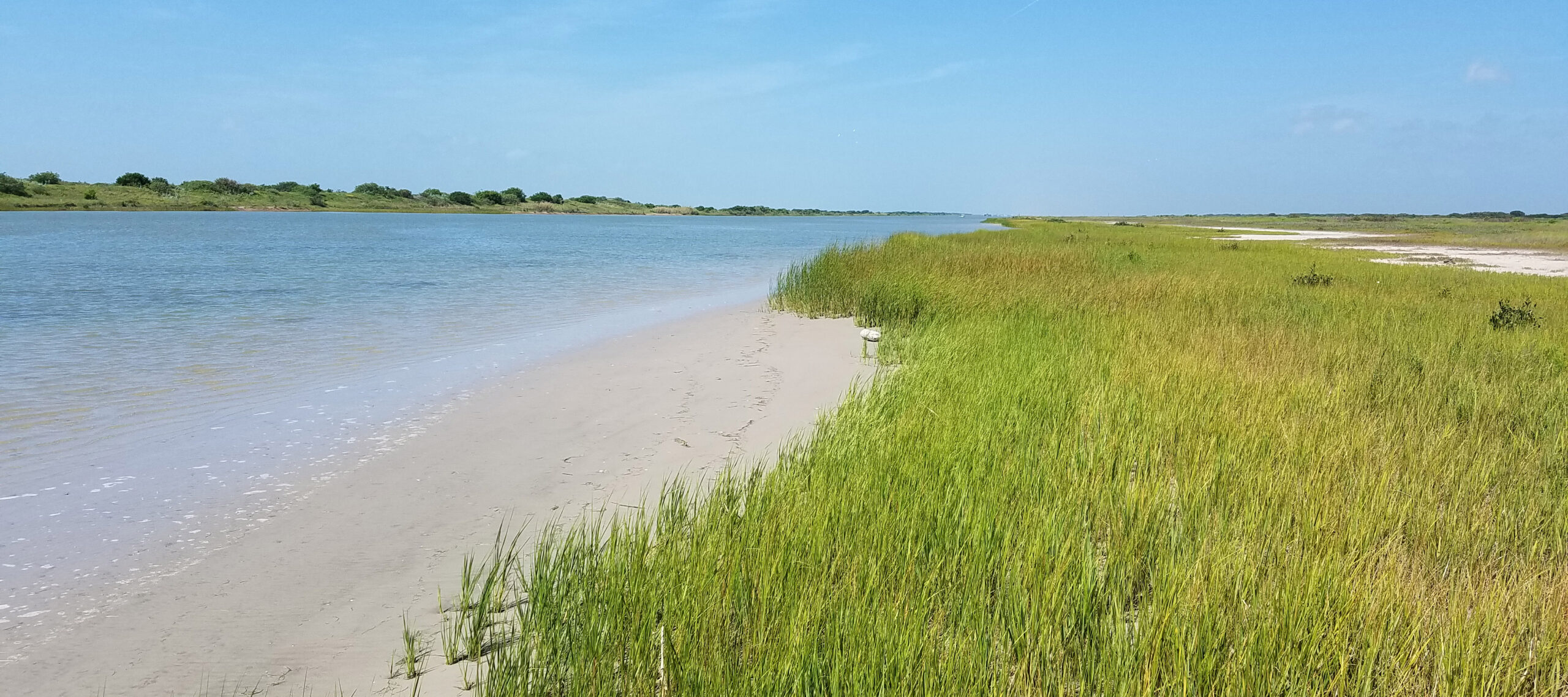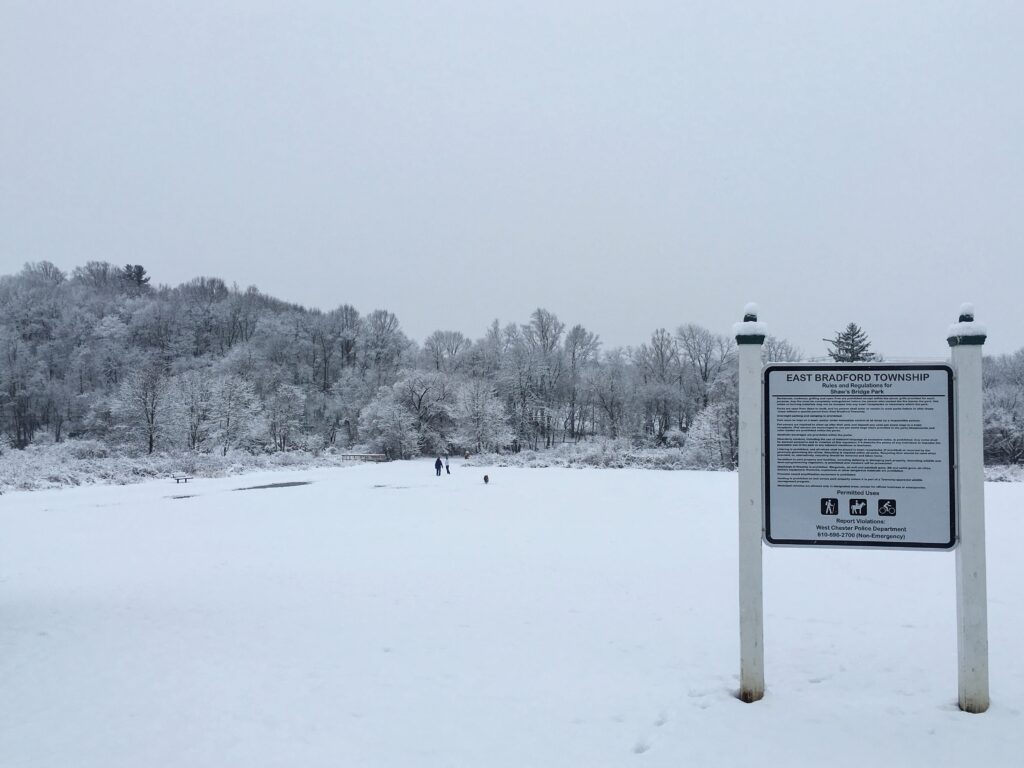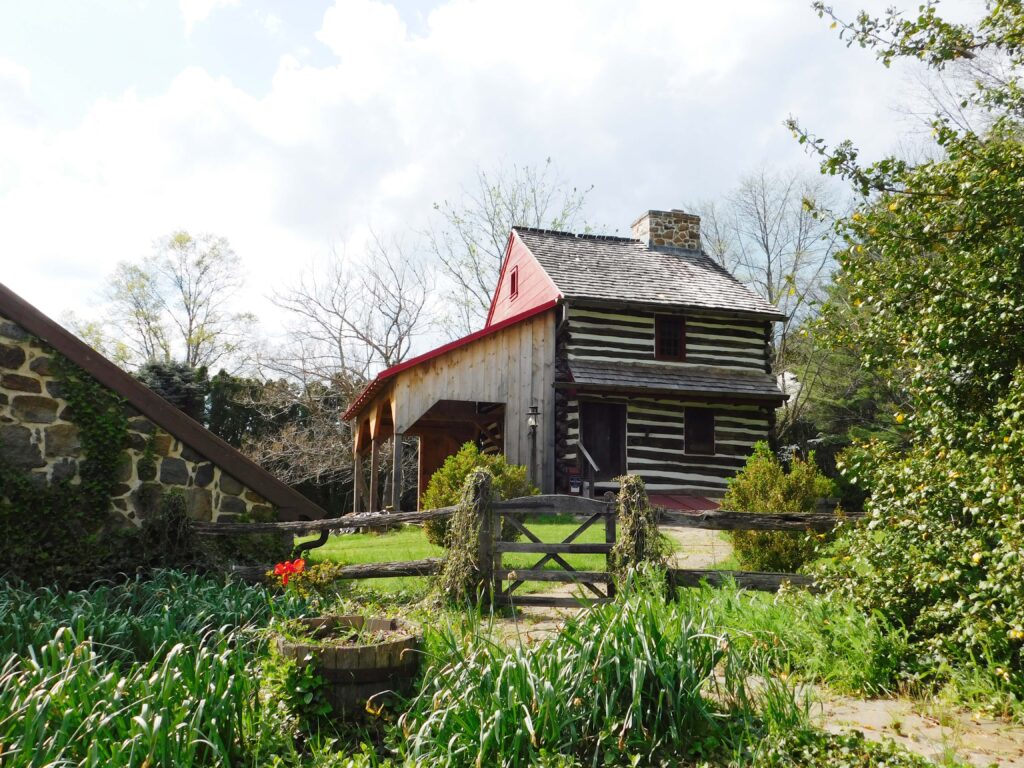Standing five feet tall with a seven-foot wingspan and snow-white feathers that contrast handsomely with its jet-black wing tips and striking crimson cap, the Whooping Crane (Grus Americana) cuts an impressive figure. The tallest bird in North America, it is also the rarest crane species and one of the rarest birds on this continent. Sadly, due to unregulated hunting and habitat loss, its distinct trumpeting call was almost extinguished forever by 1941 when only 21 remaining cranes were documented in the wild, 15 of which were found wintering at Aransas Refuge. Since then, the Whooping Crane has recovered, but that recovery has been limited; as of February 2015, the total documented population for wild Whooping Cranes was only 603.
Fortunately, conservation efforts continue for this species, with a focus on saving the Whooper’s preferred winter habitat: shallow, grassy wetlands, coastal marshes and grasslands. Such habitat can be found along the shores of Texas in Calhoun County, just outside of Port O’Connor where millions of migrating birds—including the endangered Whooping Crane—visit every winter. In fact, according to The Nature Conservancy, “The number and types of birds seen here rival those found anywhere else in North America.” Among the year-round residents are regionally important populations of northern bobwhite (Colinus virginianus) and white-tailed hawk (Geranoatus albicaudatus). And if that wasn’t impressive enough, this 600-mile-long region is also home to the longest barrier island system on this planet, the most important fish nursery in the gulf, 1,000 species of wildflowers and a diverse display of butterflies.
Of course, an area that draws such an array of animals to its beautiful shores is bound to attract other species as well. Since 2010, the population in Texas Gulf counties has increased by 10 percent, and as humans continue to discover the benefits of this particular habitat, they also bring the means to destroy it. As a result, the Gulf Coast Prairies and Marshes ecoregion faces many serious threats, including urban and agricultural development, reduced freshwater inputs, pollution, invasive species and drought, among other factors. To put it simply, unchecked development is now the greatest threat to the Whooping Crane.
That the Whoopers still exist at all is testimony to the importance of the Aransas National Wildlife Refuge that protects 114,657 acres along San Antonia Bay, and its associated Matagorda Island Wildlife Management Area that supports a variety of migratory birds, including 19 or so that are federally listed as threatened or endangered species. Recognizing the urgency to conserve additional habitat in this ecologically diverse area, conservation groups have moved in to take the lead; the Conservation Fund and The Nature Conservancy have recently purchased the 17,000 acre Powderhorn Ranch and conveyed it to the Texas Wildlife and Parks Foundation for permanent conservation and management by Texas Parks and Wildlife Department. Just across State Route 185, North American Land Trust (NALT), in partnership with conservation investors, has protected several thousand more acres of habitat with conservation easements thanks to the help of investor-backed conservation. It is now a major focus area for NALT.
Beginning in 2016, we have worked with investors dedicated to conservation to identify and save additional tracts of potential Whooping Crane habitat. To date, we have protected 2,200 acres of grasslands, wetlands complex, and shrub oak mottes, permanently conserving essential winter range for the cranes and other migratory birds. In addition, these NALT-conserved acres allow minimal development, and protect large areas of bird habitat abutting the Powderhorn Ranch, helping to minimize fragmentation of the Whooper’s potential habitat and creating buffers between these natural areas and nearby developments.
Calhoun County—where for seven consecutive years, more birds have been documented than any other county in the nation during the North American Migratory Count—remains the primary focus, but nearby Aransas County is not to be overlooked. As the Whooping Crane’s population continues to increase, its need for wintering range will also increase. So with an eye toward the future sustainability of this species, we must look to nearby counties, including Refugio, Matagorda and Aransas to conserve additional habitat. Already, NALT and partners have protected more than 650 acres in Aransas, with more projects to come. Altogether, “We are on track to protect more than 5,000 acres of regionally significant lands along the Texas coastline by the beginning of next year, and that includes significant coastal prairies and marshes for protection, as well as two public parks,” says NALT Conservation Biologist Lee Echols.
Although NALT and other conservation organizations continue to work to save land along the Gulf coast of Texas, we were all recently reminded of the precarious balance of this area in the wake of Hurricane Harvey. NALT president Stephen Johnson observed, “These conservation areas soaked up flood waters and buffered adjacent areas from even more severe damage. Nonetheless, many human residents did suffer great losses, and are still recovering from this storm. Just as those who lost their homes continue to rebuild along the coast, we continue our efforts to build resiliency in the face of climate change, and also ensure that the home for the Whooping Crane is secure.”
The reality is that we could not have accomplished this much conservation in such a short time without the backing of conservation-minded investors. Whether we are working with individuals, families or groups of individuals invested in land conservation, we remain dedicated to protecting what needs to be protected, and the Whooping Crane is testament to that.
-by Monica McQuail



